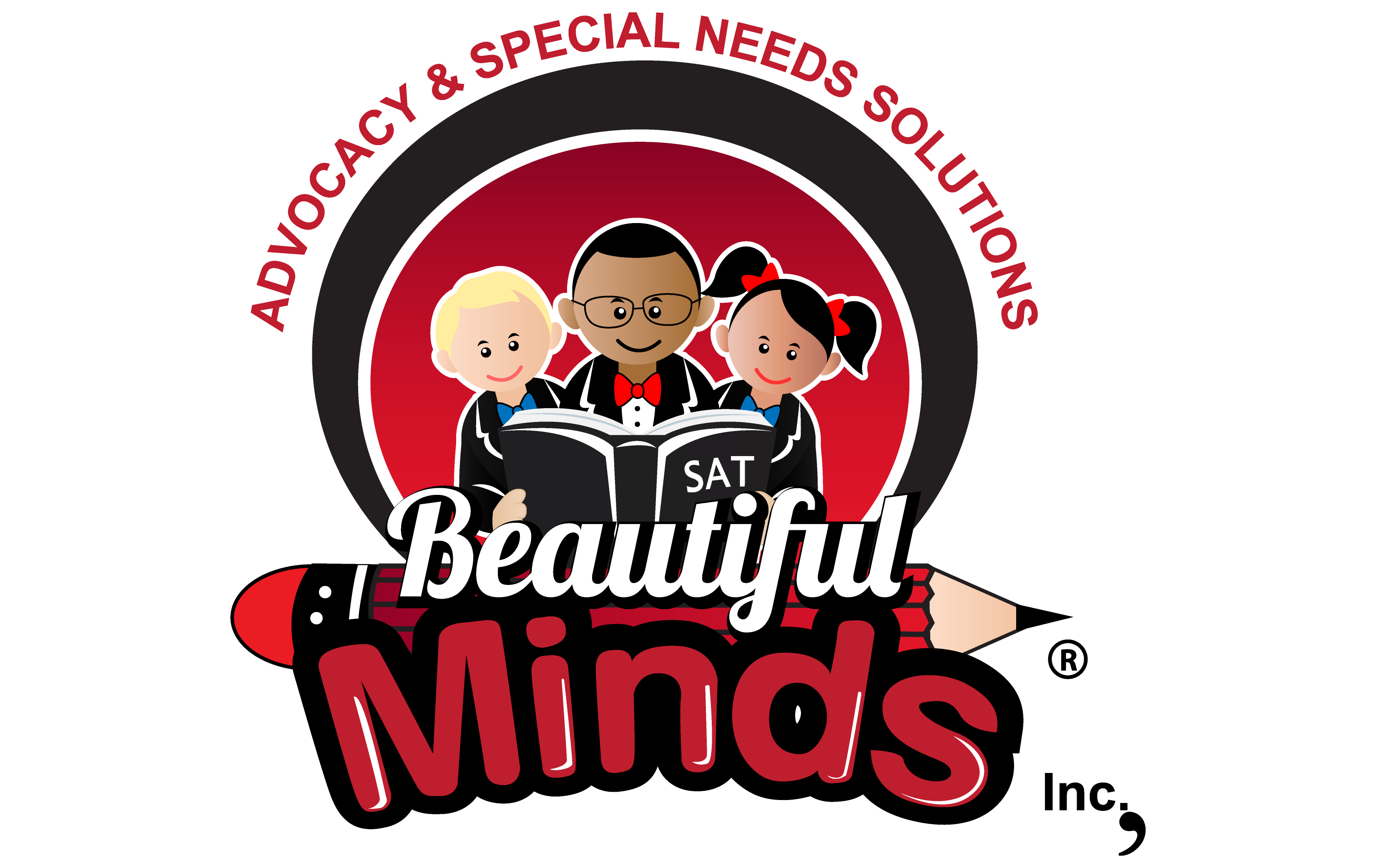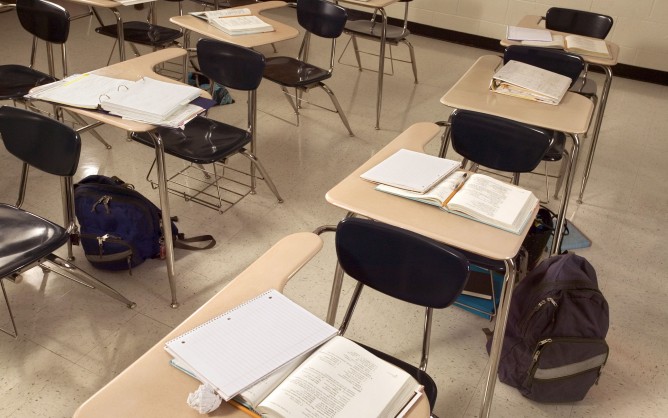Effective Reading Interventions for Kids with Learning Disabilities
By: Dr. Ifeanyi Ufondu, Ph.D.
A worried mother says, “There’s so much publicity about the best programs for teaching kids to read. But my daughter has a learning disability and really struggles with reading. Will those programs help her? I can’t bear to watch her to fall further behind.”
Fortunately, in recent years, several excellent, well-publicized research studies (including the Report of the National Reading Panel) have helped parents and educators understand the most effective guidelines for teaching all children to read. But, to date, the general public has heard little about research on effective reading interventions for children who have learning disabilities (LD). Until now, that is!
This article will describe the findings of a research study that will help you become a wise consumer of reading programs for kids with reading disabilities.
Research reveals the best approach to teaching kids with LD to read
You’ll be glad to know that, over the past 30 years, a great deal of research has been done to identify the most effective reading interventions for students with learning disabilities who struggle with word recognition and/or reading comprehension skills. Between 1996 and 1998, a group of researchers led by H. Lee Swanson, Ph.D., Professor of Educational Psychology at the University of California at Riverside, set out to synthesize (via meta-analysis) the results of 92 such research studies (all of them scientifically-based). Through that analysis, Dr. Swanson identified the specific teaching methods and instruction components that proved most effective for increasing word recognition and reading comprehension skills in children and teens with LD.
Some of the findings that emerged from the meta-analysis were surprising. For example, Dr. Swanson points out, “Traditionally, one-on-one reading instruction has been considered optimal for students with LD. Yet we found that students with LD who received reading instruction in small groups (e.g., in a resource room) experienced a greater increase in skills than did students who had individual instruction.”
In this article, we’ll summarize and explain Dr. Swanson’s research findings. Then, for those of you whose kids have LD related to reading, we’ll offer practical tips for using the research findings to “size up” a particular reading program. Let’s start by looking at what the research uncovered.
A strong instructional core
Dr. Swanson points out that, according to previous research reviews, sound instructional practices include: daily reviews, statements of an instructional objective, teacher presentations of new material, guided practice, independent practice, and formative evaluations (i.e., testing to ensure the child has mastered the material). These practices are at the heart of any good reading intervention program and are reflected in several of the instructional components mentioned in this article.
Improving Word Recognition Skills: What Works?
“The most important outcome of teaching word recognition,” Dr. Swanson emphasizes, “is that students learn to recognize real words, not simply sound out ‘nonsense’ words using phonics skills.”
What other terms might teachers or other professionals use to describe a child’s problem with “word recognition”
decoding
phonics
phonemic awareness
word attack skills
Direct instruction appears the most effective approach for improving word recognition skills in students with learning disabilities. Direct instruction refers to teaching skills in an explicit, direct fashion. It involves drill/repetition/practice and can be delivered to one child or to a small group of students at the same time.
The three instruction components that proved most effective in increasing word recognition skills in students with learning disabilities are described below. Ideally, a reading program for word recognition will include all three components.
Increasing Word Recognition Skills in Students With LD
Instruction component Program Activities and Techniques*
Sequencing The teacher:
Breaks down the task (e.g., starts by having the child break an unknown word into separate sounds or parts they can sound out).
Gradually reduces prompts or cues.
Matches the difficulty level to the task and to the student.
Sequences short activities (e.g., first spends 10 minutes reviewing new words from a previous lesson, then 5 minutes underlining new words in the passage, and finally 5 minutes practicing blends).
Uses step-by-step prompts.
Segmentation The teacher:
Breaks down the targeted skill (e.g., identifying a speech or letter sound) into smaller units or component parts (e.g., sounding out each speech or letter sound in that word).
Segments or synthesizes component parts (e.g., sounds out each phoneme in a word, then blends the sounds together).
Advanced organizers The teacher:
Directs children to look over material prior to instruction.
Directs children to focus on particular information.
Provides students with prior information about tasks.
Tells students the objectives of instruction upfront.
* May be called “treatment description” in research studies.
Improving reading comprehension skills: What works?
The most effective approach to improving reading comprehension in students with learning disabilities appears to be a combination of direct instruction and strategy instruction. Strategy instruction means teaching students a plan (or strategy) to search for patterns in words and to identify key passages (paragraph or page) and the main idea in each. Once a student learns certain strategies, he can generalize them to other reading comprehension tasks. The instruction components found most effective for improving reading comprehension skills in students with LD are shown in the table below. Ideally, a program to improve reading comprehension should include all the components shown.

Improving Reading Comprehension in Students With LD
Instruction component Program Activities and Techniques*
Directed response/questioning The teacher:
Asks questions.
Encourages students to ask questions.
The teacher and student(s):
Engage in dialogue.
Control difficulty of processing demands of task The teacher:
Provides assistance (as needed).
Gives a simplified demonstration.
Sequences tasks from easy to difficult.
Presents easy steps or concepts first and moves on to progressively more difficult steps or concepts (a technique called task analysis).
Allows student to control level of difficulty.
The activities:
Are short.
Elaboration The activities:
Provide student with additional information or explanation about concepts, steps, or procedures.
Use redundant text or repetition within text.
Modeling of steps by the teacher Teacher demonstrates the processes and/or steps the students are to follow.
Group instruction Instruction and/or verbal interaction takes place in a small group composed of students and teacher
Strategy cues The teacher:
Reminds the student to use strategies or multiple steps.
Explains steps or procedures for solving problems.
The activities:
Use “think aloud” models.
List the benefits of strategy use or procedures.
* May be called “treatment description” in research studies.
Evaluating your child’s reading program
Now you are well-equipped with research-based guidelines on the best teaching methods for kids with reading disabilities. These guidelines will serve you well even as new reading programs become available. To evaluate the reading program used in your child’s classroom, follow these steps:
Ask for detailed literature on your child’s reading program. Some schools voluntarily provide information about the reading programs they use. If they don’t do this — or if you need more detail than what they provide — don’t hesitate to request it from your child’s teacher, special education teacher, resource specialist, or a school district administrator. In any school — whether public or private — it is your right to have access to such information.
Once you have literature on a specific reading program, locate the section(s) that describe its instruction components. Take note of where your child’s reading program “matches” and where it “misses” the instruction components recommended in this article. To document what you find, you may find our worksheets helpful.
Reading Program Evaluation: Word Recognition
Reading Program Evaluation: Reading Comprehension
Find out if the instruction model your child’s teacher uses is Direct Instruction, Strategy Instruction, or a combination approach. Some program literature states which approach a teacher should use; in other cases, it’s up to the teacher to decide. Compare the approach used to what this article describes as being most effective for addressing your child’s area of need.
Once you’ve evaluated your child’s reading program, you may feel satisfied that her needs are being met. If not, schedule a conference with her teacher (or her IEP team, if she has one) to present your concerns and discuss alternative solutions.
Hope and hard work — not miracles
Finally, Dr. Swanson cautions, “There is no ‘miracle cure’ for reading disabilities. Even a reading program that has all the right elements requires both student and teacher to be persistent and work steadily toward reading proficiency.”
But knowledge is power, and the findings of Dr. Swanson’s study offer parents and teachers a tremendous opportunity to evaluate and select reading interventions most likely to move kids with LD toward reading success.




